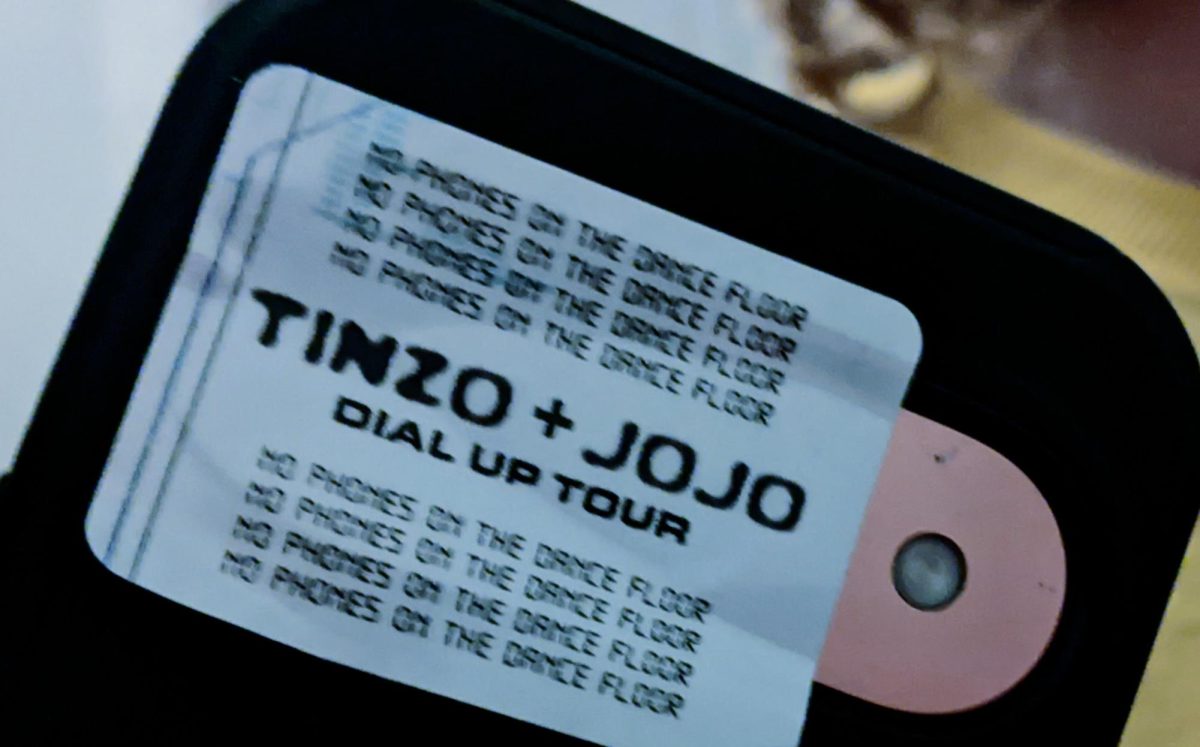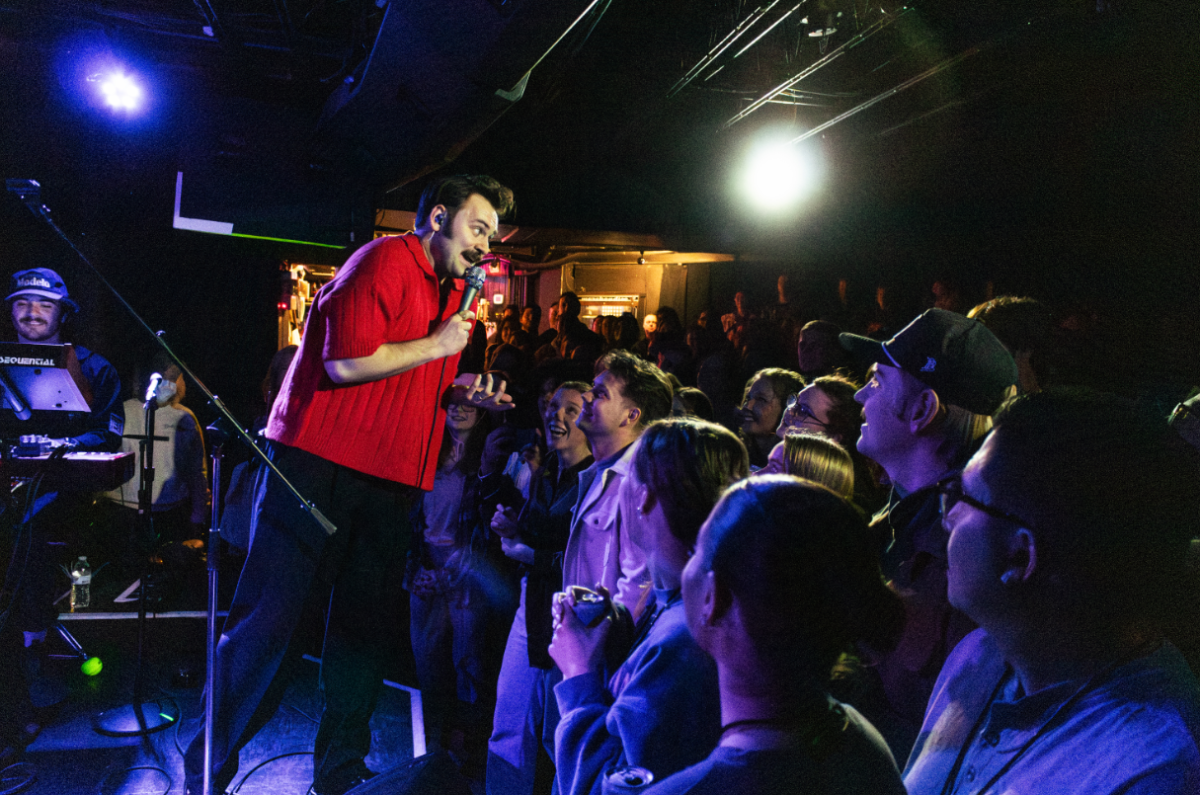On Sunday, the curtain closed on a three day dance series highlighting the stories of dancers from the African diaspora.
“Pulling Back the Curtain: Remastered” is a dance series curated by University of Minnesota graduate Gabriel Blackburn, 22. The production was produced by Pulling Back the Curtain Nation, a collective formed after last spring’s first “Pulling Back the Curtain” show. Blackburn said the group consists of himself, the choreographers and stage manager and was created to give the performance a unified vision.
“[PBC Nation’s] vision is to create the visibility of marginalization,” Blackburn said. “A huge part of ‘Pulling Back the Curtain’ is to create a conversation that permeates past the performance and into the greater community.”

Though Blackburn is caucasian, he said he was inspired by many African American friends. During the show, Blackburn acted as the emcee.
“Pulling Back the Curtain: Remastered” featured four choreographers of the African diaspora, each with unique backgrounds and experiences. Each artist choreographed and performed their own routines, sometimes inviting supporting dancers into their performance.
Self-worth, death, sexual trauma and haunting thoughts were addressed through movement at the Southern Theatre over the weekend.
In an emotional performance that included sensual, jazz and ballroom dance styles, Rayna Howard expressed her history of experiencing sexual violence. A move repeated throughout the piece was the uncontrollable shaking of her hands, representative of the traumas of her past.
“This is a piece I’ve had in my head for a very long time,” Howard said. “I’ve never been ready to actually share it… [so] I thought this would be a safe space to present that.”

Nehemiah Lucas performed next, stumbling onto the stage in chains, which represented the negative thoughts that invaded his psyche before turning to religion.
A unique part of “Pulling Back the Curtain: Remastered” was the integration of conversations during the performance.
Known as “talk backs,” the conversations were conducted between performances and provided an opportunity for the audience to ask questions of the artists and vice versa.
“We believe that to create change there needs to be communication and conversations,” Blackburn said.
In a performance that moved people from their seats, Peace Madimutsa used various forms of expression ranging from krump to Haitian dance to convey the process of death and loss.
He said the performance was meant to honor the departed and aimed to inspire the living to live to the fullest.
The show’s final act, ‘Cerebral Invitation 2.0,’ featured choreographer Gabrielle “The Baddie” Abram. As its name implies, the piece invited the audience into Abram’s mind. She expressed her struggles with embracing her flaws as well as the love and acceptance she found in the dance community through contemporary and vogue dance, a modern variation of house dance.
After the individual performances concluded, the company came together for one group piece. While maintaining their individual dance styles, the final routine signified the overcoming of their respective struggles and traumas.
“This type of performance will definitely make some people uncomfortable and that’s kind of the point. It’s not a performance for entertainment value,” Blackburn said. “We’re trying to actually create a statement and create conversation that permeates past the performance into the greater community.”

Correction: a previous version of this article mischaracterized the intent of the dance collective. It also misidentified the cultural and racial breakdown of members of the show.








